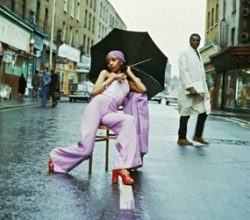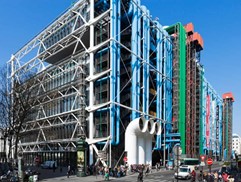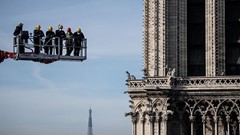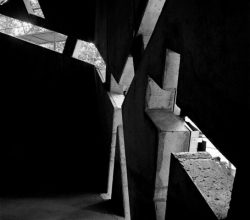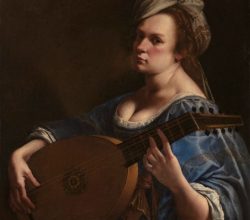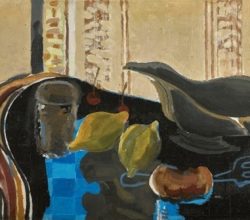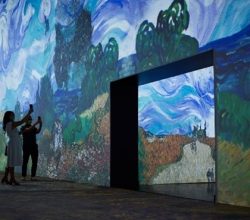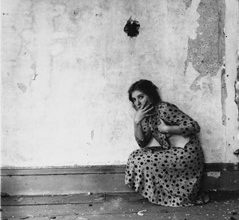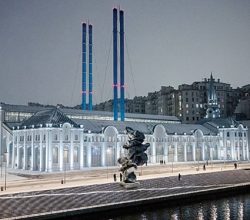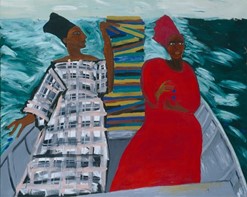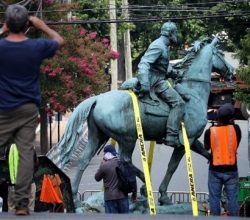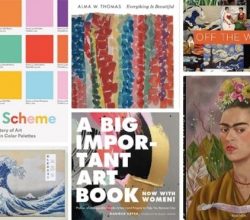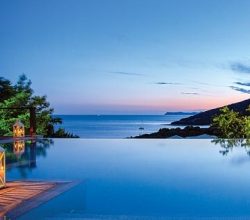
Holidays
Few, I imagine, will be sad to see the end of 2021. Signs that the pandemic is behind us have mostly come to nothing. The lifeblood of the art world – innovative displays of thought-provoking art – is far from back to normal. Producing a weekly newsletter has, to put it mildly, been challenging.
This is the year’s last regular newsletter. Next Tuesday, and the Tuesday after, we will highlight the year’s most popular stories among Easel subscribers. After a break of a few weeks, the Easel will resume on Tuesday January 25, 2022.
I hope you have enjoyed the year’s reading.
Season’s greetings,
Andrew


